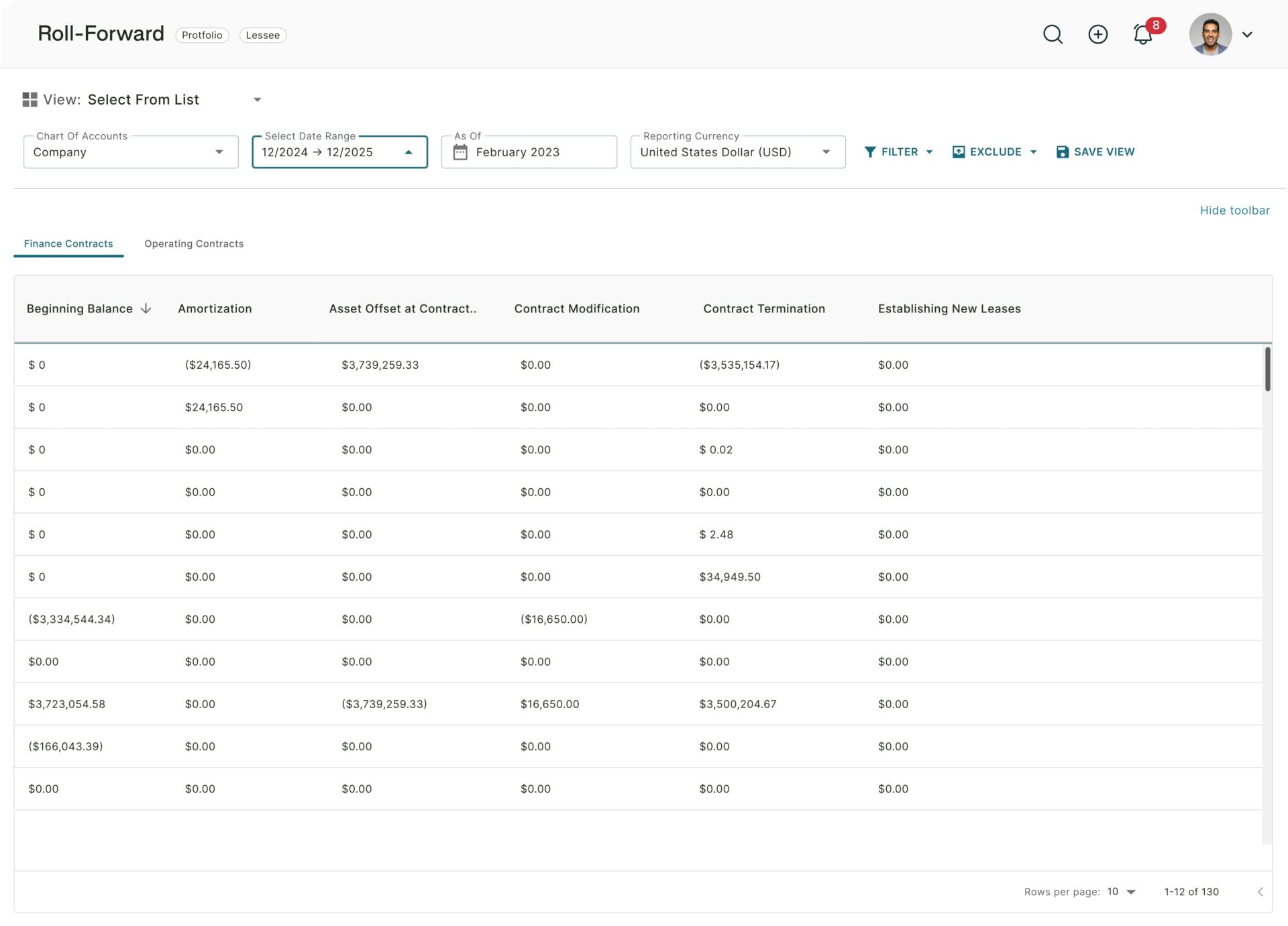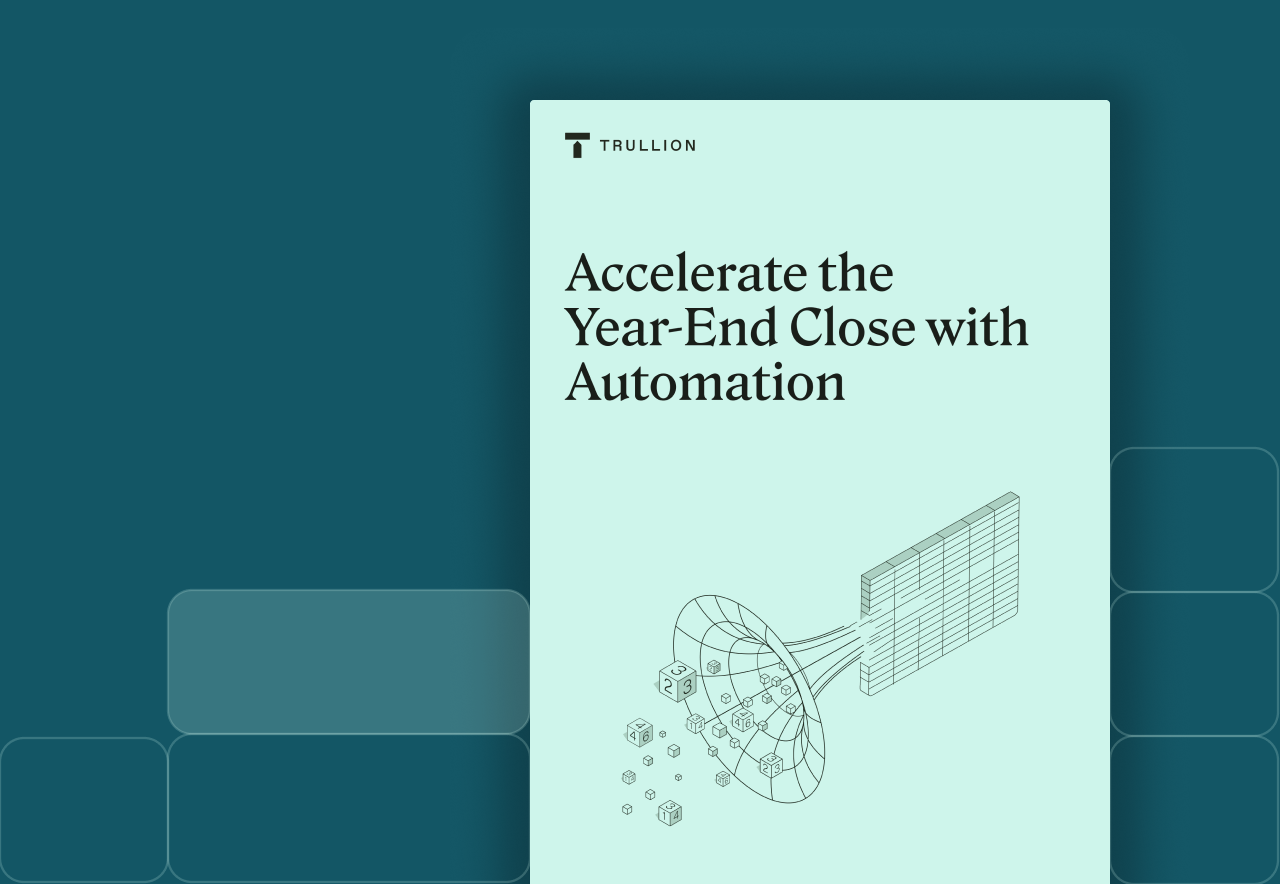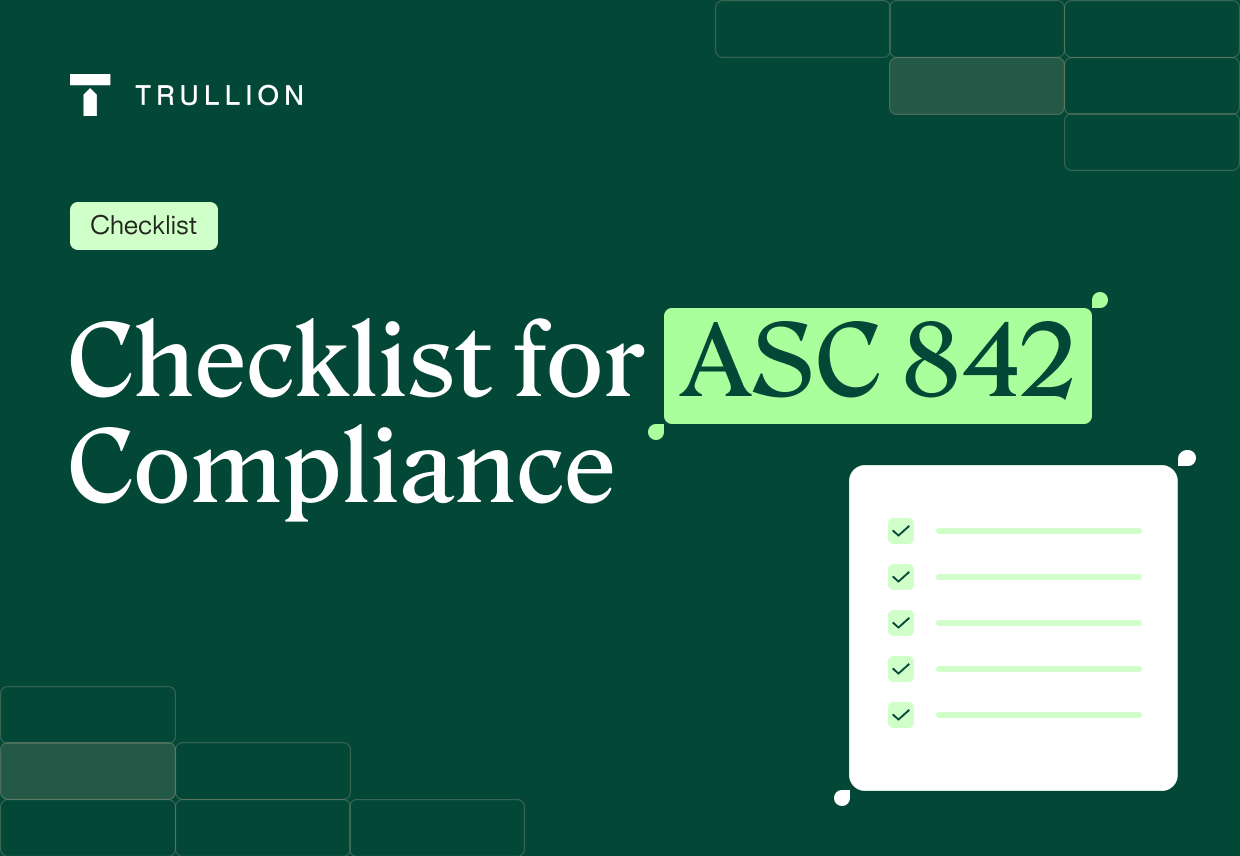Glossary of Accounting, Audit, and Compliance Terms
Try adjusting your filters to see more results.
AI systems that operate autonomously, pursue goals, and take independent actions based on their environment and learned knowledge. These systems exhibit adaptability, reasoning, and planning, enabling them to make decisions, optimize tasks, and interact dynamically with users or other systems. Examples include self-driving cars, advanced virtual assistants, and AI-driven automation tools.
The simulation of human intelligence processes by machines, particularly computer systems. AI automates data extraction and analysis in accounting, enhancing efficiency and precision.
Accounting Standard Codification 606 is the FASB’s standard that seeks to standardize revenue recognition, improve comparability, and reduce complexity.
ASC 842, also referred to as Accounting Standards Codification Topic 842 or FASB Topic 842 — is the new Financial Accounting Standards Board’s (FASB) lease accounting standard, replacing ASC 840.
The process of retrieving specific data from unstructured sources, such as PDFs or scanned documents. Trullion’s AI-driven platform automates data extraction, transforming unstructured financial data into structured, actionable insights.
The process of ensuring that financial records are consistent and accurate by comparing different data sets. Trullion’s data reconciliation capability tracks data points to original source documents or a single source of truth. Trullion’s AI automates data reconciliation, reducing manual effort and minimizing errors.
Ensuring data is accurate, consistent, and adheres to required formats. Trullion employs AI-powered data validation to maintain the integrity of financial information across documents and reports.
Financial Reporting Standard 102, or FRS 102, is a financial accounting standard published by the Financial Reporting Council, and is applicable to businesses in the UK and the Republic of Ireland. It applies to entities that do not apply IFRS, FRS 101, or FRS 105. The content of FRS 102 is based on the International Financial Reporting Standard (IASB) for Small and Medium-sized Entities.
GASB 87 is the new lease accounting standard issued by the Government Accounting Standards Board (GASB). It governs how public entities calculate, account for, and report on leases.
GASB 96 is a set of accounting standards defining SBITAs (Subscription-Based Information Technology Arrangements) for government end users. It governs the accounting and financial disclosure of cloud-based software subscription payments. The standard applies to the senate, local governments, and government agencies using Generally Accepted Accounting Principles (GAAP).
A branch of AI focused on creating new content or data resembling existing data. Trullion utilizes GenAI to answer complex accounting queries instantly, enhancing decision-making processes.
IFRS 15 is the new revenue recognition standard from the The International Accounting Standards Board (IASB), replacing IAS 18 and IAS 11.
IFRS 16 is the new lease accounting standard from the The International Accounting Standards Board (IASB). IFRS 16 replaces IAS 17 as the new standard that all companies who operate under IFRS must adhere by.
A subset of AI involving algorithms and statistical models that enable systems to improve their performance on tasks through experience. Trullion leverages ML to refine data recognition and predictive analytics in financial operations.
A field of AI that enables machines to read, understand, and derive meaning from human languages. Trullion employs NLP to interpret and process complex financial documents, facilitating enhanced data analysis and reporting.
Technology that converts various documents, such as scanned papers or PDFs, into editable and searchable data. Trullion integrates OCR to accurately extract financial data from diverse document formats.








